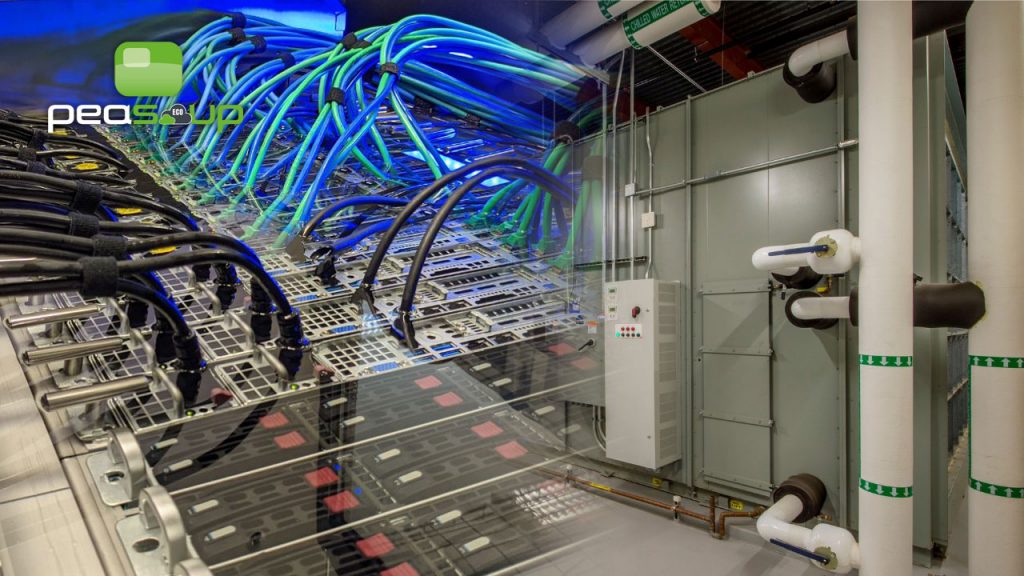air cooling vs liquid cooling
Air cooling vs liquid cooling. Which is better for data centres?
As demand for data centre services increases, operators are looking for ways to maximise the utilisation of space and equipment. They are continuously packing more computing power into small spaces as they attempt to amalgamate workloads as well as lodge intensive applications such as advanced analytics and artificial intelligence. With this, more power is consumed and heat generation increases. To maintain safe and efficient operations in the data centres the cooling system is put under great pressure.
Therefore, a data centre cooling system that can handle increased capacity and at the same time meet cost-efficiency requirements is needed. Air and liquid cooling have been presented in different quarters as viable solutions and have been used in data centre cooling over the years. In this article, we explore the better option.
Given that both options are considered effective as data centre cooling systems, it is worth looking at the pros and cons of each and selecting one that offers great benefits to the data centre operators, users as well as the environment.
Air cooling
This has been the preferred method for most data centres. Even up to now it is still a viable cooling option. It is popular for its lower CAPEX and operational costs. Also, it is relatively easy to install and maintain when compared with the liquid cooling system.
Cons of air cooling
- Inability to meet the modern workload demand. It just cannot keep up with heavy processing loads and increased densities
- The capital requirements as well as the added complexity do not justify its selection
- With increased energy prices, the inefficiencies that characterize air cooling make it unviable in data centre cooling
- Air cooling is characterized by huge space requirements to house large fans. With this, it means that the space data centres have to spend a relatively huge amount of capital to build the rooms. Those who may not afford large rooms are forced to pile things together affecting the aesthetics and also comfort of the staff in the data centres.
Liquid cooling
Although air cooling has been the dominant data cooling method, liquid immersion cooling is increasingly becoming the preferred option amidst the energy crisis and space maximisation issues. Liquid immersion cooling, a technique that has been described as futuristic is offering data centres with cost efficiency, environmental protection, and significant improvement in working conditions.
Some of the advantages associated with liquid cooling include:
- Liquid cooling increases computing power per rack where it can push the limits beyond 100 kilowatts per rack. These are impressive results when compared with traditional cooling methods which only reach 25 kilowatts.
- Energy requirements are relatively low when compared to air cooling which needs a significant amount of power. This eventually leads to lower bills and a cleaner environment if renewable energy sources are used.
- It provides a better working environment where noise levels are minimised and adequate space is available.
- It offers relatively higher performance. With air cooling, thermal shutdown and hot spots are not eliminated
- Heat waste recycling is possible where outgoing heated fluid can be diverted to the heating system for reuse.
Cons
- The initial cost of installation may be higher compared to air cooling system
- Installation may be complex in comparison to an air system,
- There is the likelihood of maintenance issues especially when the staff is not adequately trained
The verdict
When selecting whether to install an air or liquid cooling system in the data centre, it is recommended to consider factors such as overall cost, efficiency, comfort, power usage, and overall impact on the environment. Given these considerations, liquid cooling wins. Data centre operators can address the shortcomings of liquid cooling systems through adequate training and advanced planning.

